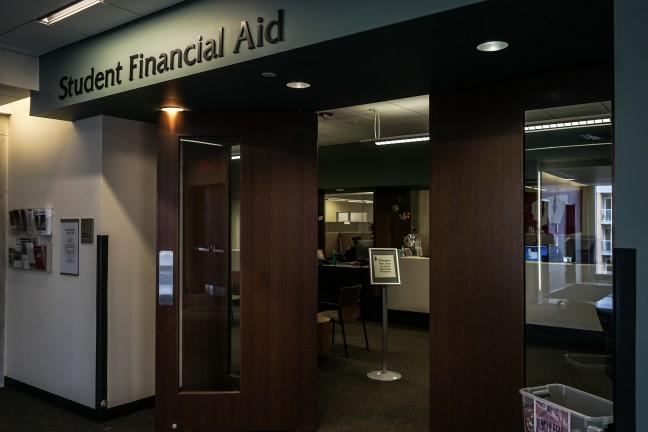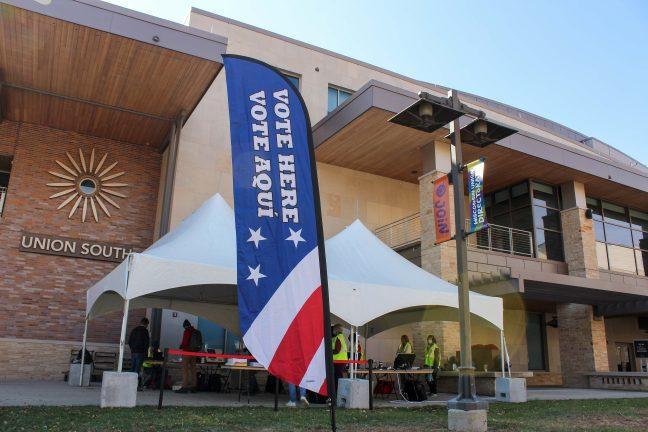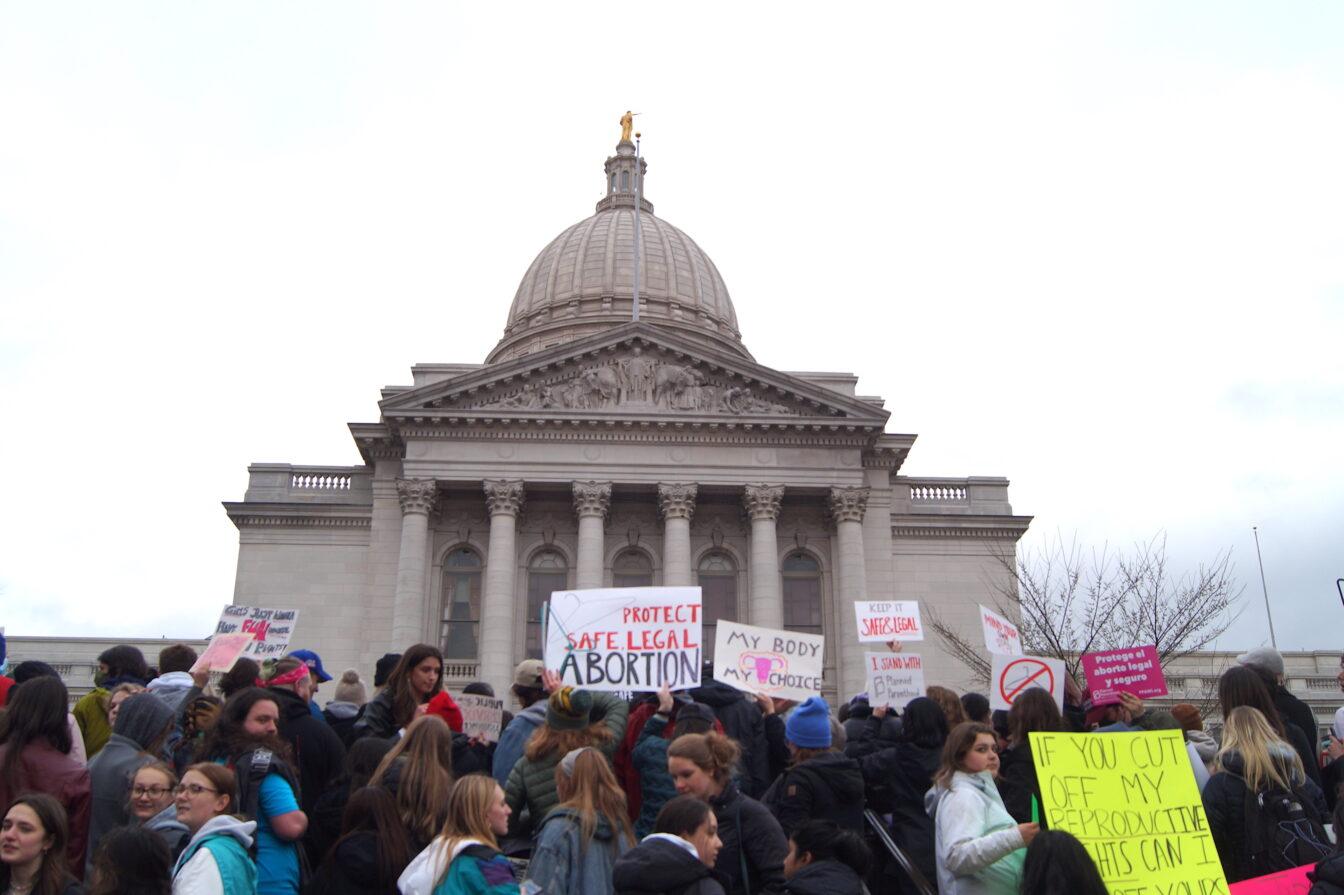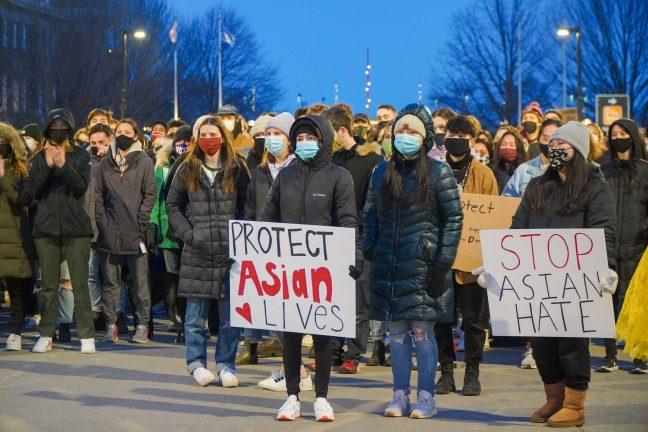The word “diversity” is now used in so many different ways that the word has lost much of its original meaning.
For many years, diversity has referred to efforts to increase the campus representation of “targeted” minorities, meaning African Americans, American Indians, Hispanic/ Latinos and South East Asians.
But in the last decade campus leaders have given the word an entirely new and expanded meaning. It refers to an ever-growing list of “differences” among groups of students that are “protected” under current diversity plans and programs.
Protected from what? Protected from being the object of “hate/bias incidents” and “micro-aggressions.”
Hate/bias incidents are defined as, “Single or multiple acts toward an individual, group or their property that are so severe, pervasive and objectively offensive that they create an unreasonably intimidating, hostile or offensive learning or program environment, and that one could reasonably conclude are based on actual or perceived” differences in the factors discussed below.
These incidents are described as contributing “to a hostile campus environment and can occur even if the act itself is unintentional or delivered as a joke, prank or having a humorous intent.”
Micro-aggressions are defined by the University of Wisconsin as, “A social exchange in which a member of an advantaged group says or does something, often accidentally, that belittles and alienates a member of a marginalized group.”
Students face the challenge of weaving their way through a minefield of possible hate/bias and micro-aggression transgressions, against one or more students from one or more of the 25 protected groups listed in the Chancellor’s new 2016 diversity programs. I refer to the Hate/Bias Website, the Hate/Bias Report Form and the Our Wisconsin Cultural Competency Training Program list.
How are students going to remember all 25 of these differences? Will they be provided with a pocket guide they can refer to when they engage in conversations?
What will this mean for freedom of expression? Will students be too terrified to discuss much of anything beyond the perennial and presumably safe topic of sports? Might the best advice be to always choose their words carefully and perhaps even keep their mouths shut?
Other questions arise: Why does the Hate/Bias Incident website list 17 differences while the Hate/Bias Incident Reporting Form lists only 13? Is there a reason for this discrepancy?
Why does the Hate/Bias Incident Report Form exclude important differences found in the Hate/Bias Incident Website, among them race, color, creed, cultural affiliation, political affiliation, “other” affiliations and spirituality? Are some incidents less serious than others and need not be reported?
Why does the Our Wisconsin list, in contrast to the Hate/Bias Incident Website list, exclude color, national origin, creed, disability, marital status, cultural affiliation, political affiliation and veteran status? Are these differences incapable of generating micro-aggressions?
The dramatic differences in these lists of protected groups need to be explained. Are they a result of Chancellor Rebecca Blank’s haste in responding to student demands of last spring? Are they the work of three different committees? Or might they have been carelessly “borrowed” from other campuses?
These three new 2016 diversity programs may well infringe on free speech and freedom of expression. This is of concern because the Board of Regents in December 2015 approved a new statement on Academic Freedom and Freedom of Expression.
An important provision of the statement says this:
“Although the Board greatly values civility, concerns about civility and mutual respect can never be used as justification for closing off discussion of ideas, however offensive or disagreeable those ideas may be to some members within, or outside, the university community.”
Whether the Hate/Bias Incident teams should be empowered to decide what kinds of speech are and are not protected by the freedom of expression statement surely needs to be clarified by the Board of Regents.
Most disconcerting is the likely effect of these three new diversity programs. While promoted as a mean of improving campus climate, they are far more likely to worsen campus climate.
They will do so by making students more fearful about how they express themselves in both public and private conversations. They will most certainly close down all efforts to stimulate much-needed, open conversations on race.
So much for UW’s historic commitment to “sifting and winnowing.”
W. Lee Hansen ([email protected]) is a Professor Emeritus in Economics at UW.














